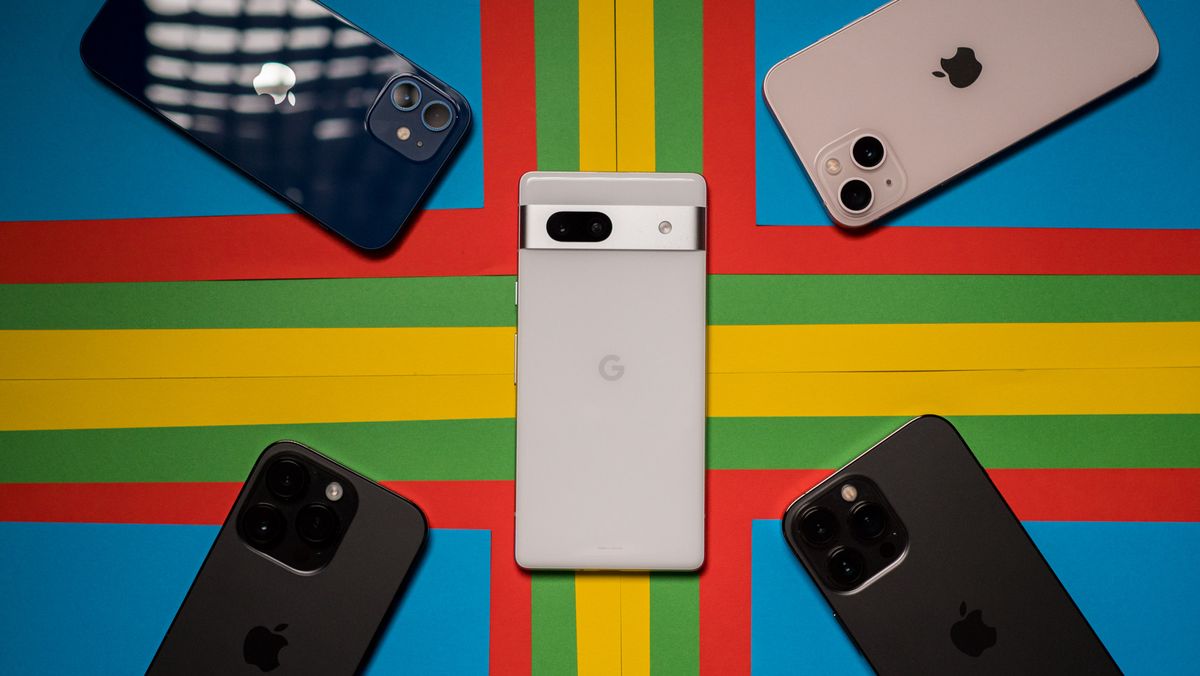
A recent survey found that an overwhelming 87% of teens in the U.S. used an iPhone. That’s an astonishing figure, and it basically means that nine out of 10 teens use an iPhone. So if you’re thinking of buying a new phone for your kid as they head back to school, the choices invariably come down to an iPhone.
But it doesn’t have to be the case. While Android usage has steadily declined among U.S. teens over the course of the last decade, there’s never been a better time to make the switch to Google’s ecosystem, and one device in particular makes a strong case for itself: the Google Pixel 7a.
Google had its teething problems with Pixel hardware in the past, but the search giant got its act together in recent years, and latest Pixel launches have been flawless. The Pixel 7a in particular is a fantastic device that brings flagship-tier cameras to the mid-range segment, and it also has a modern design and the requisite high-end hardware.
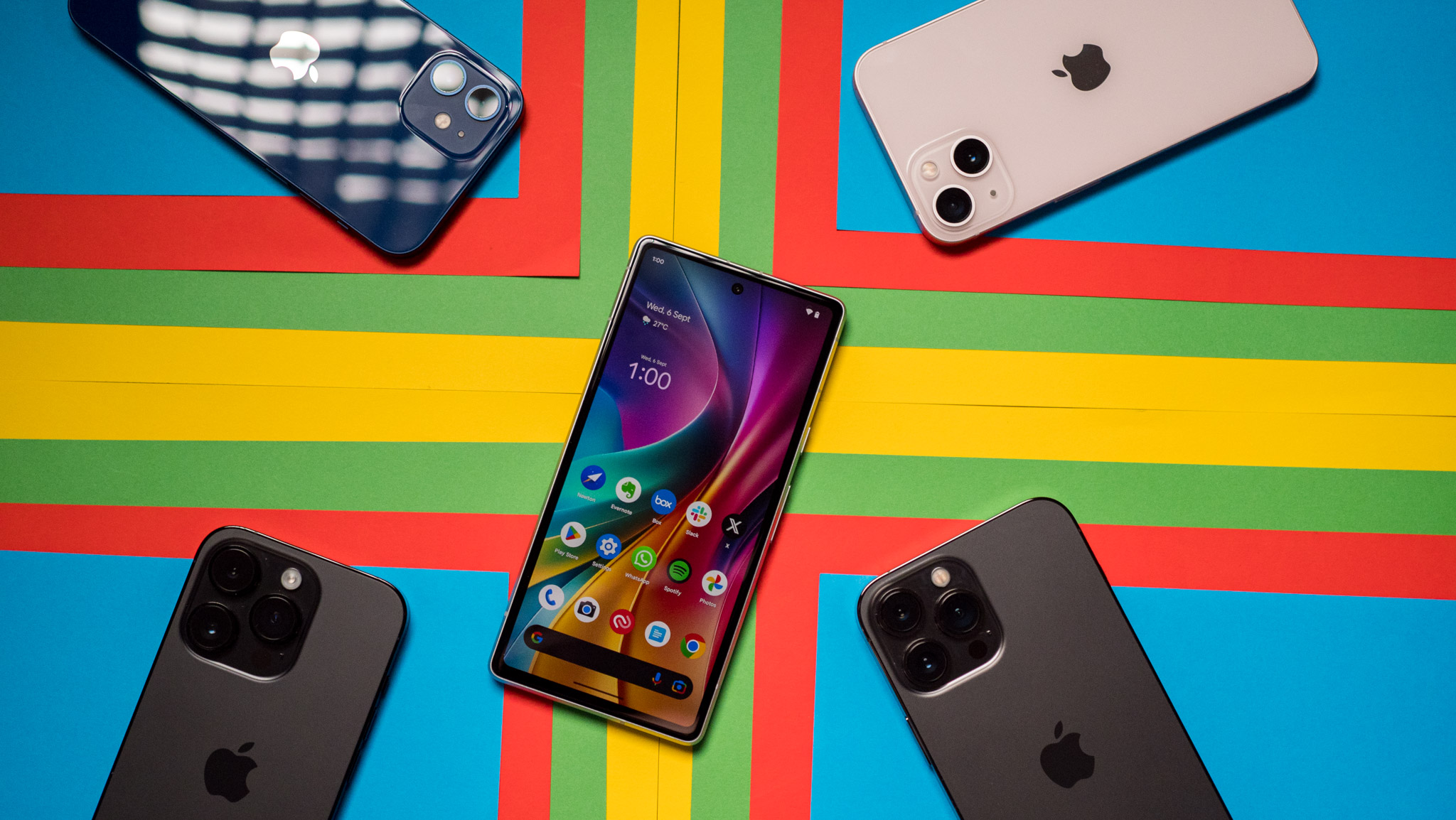
Obviously, the Pixel 7a doesn’t feel as nice to hold as the iPhone 14 Pro, but then again, it costs less than half as much. The plastic back is a bit basic, but the phone has an aluminum mid-frame — making it just as sturdy as any iPhone — and the wide camera bar gives it a lot of character.
But where the Pixel 7a truly shines is the cameras; it uses older camera hardware, but thanks to Google’s software wizardry, it takes photos that are just as good as any iPhone or Android flagship. The best part about the cameras is that every time you press the shutter, you know you’ll get a great photo regardless of the lighting condition — and that’s something no other phone is able to match. Another thing the Pixel 7a absolutely does well is taking photos of moving objects; it definitely outshines the iPhone 14 Pro in that regard.
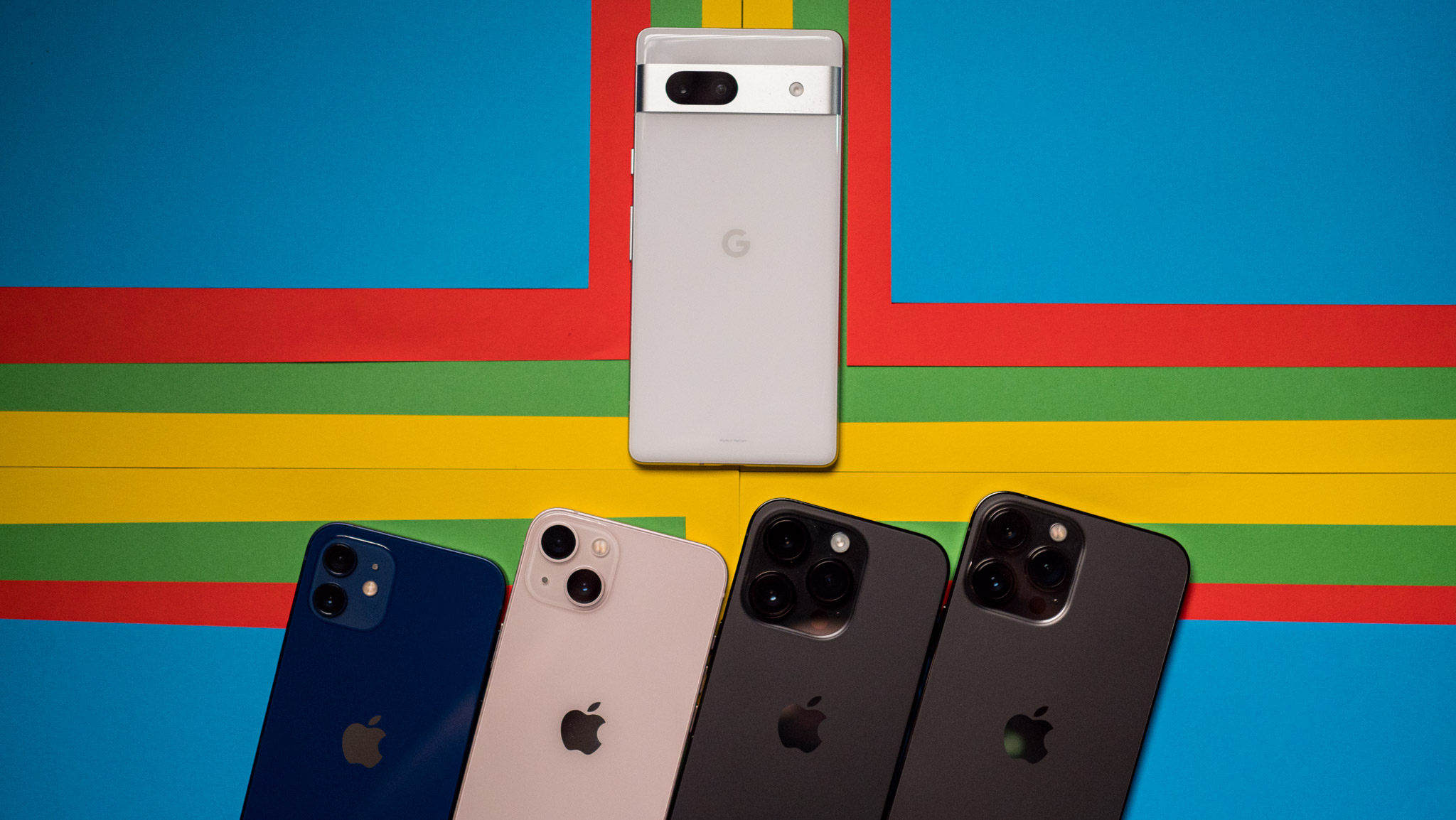
I should know — I test over 50 phones a year, and I continue to come back to Pixels because of the cameras and exclusive software features. Google did a great job over the last two years in rolling out custom software features that leverage its strengths, and the latest utility to debut with the flagship Pixel 7 series is Photo Unblur, which lets you fix blurry photos directly on your phone. The feature works exceedingly well, and the best part is that you can use any photos — not just ones taken with the Pixel — and it is available on the Pixel 7a as well.
In a similar vein, Magic Eraser lets you remove unwanted elements from the background of a photo, and again, all of it is done directly on the device. Exclusive features aren’t just limited to the camera either, with the likes of Call Screen making it easier to screen unwanted calls. I still use Now Playing to identify songs that are playing at a bar or in a TV show, and most of the time, it runs in the background and automatically surfaces that data.
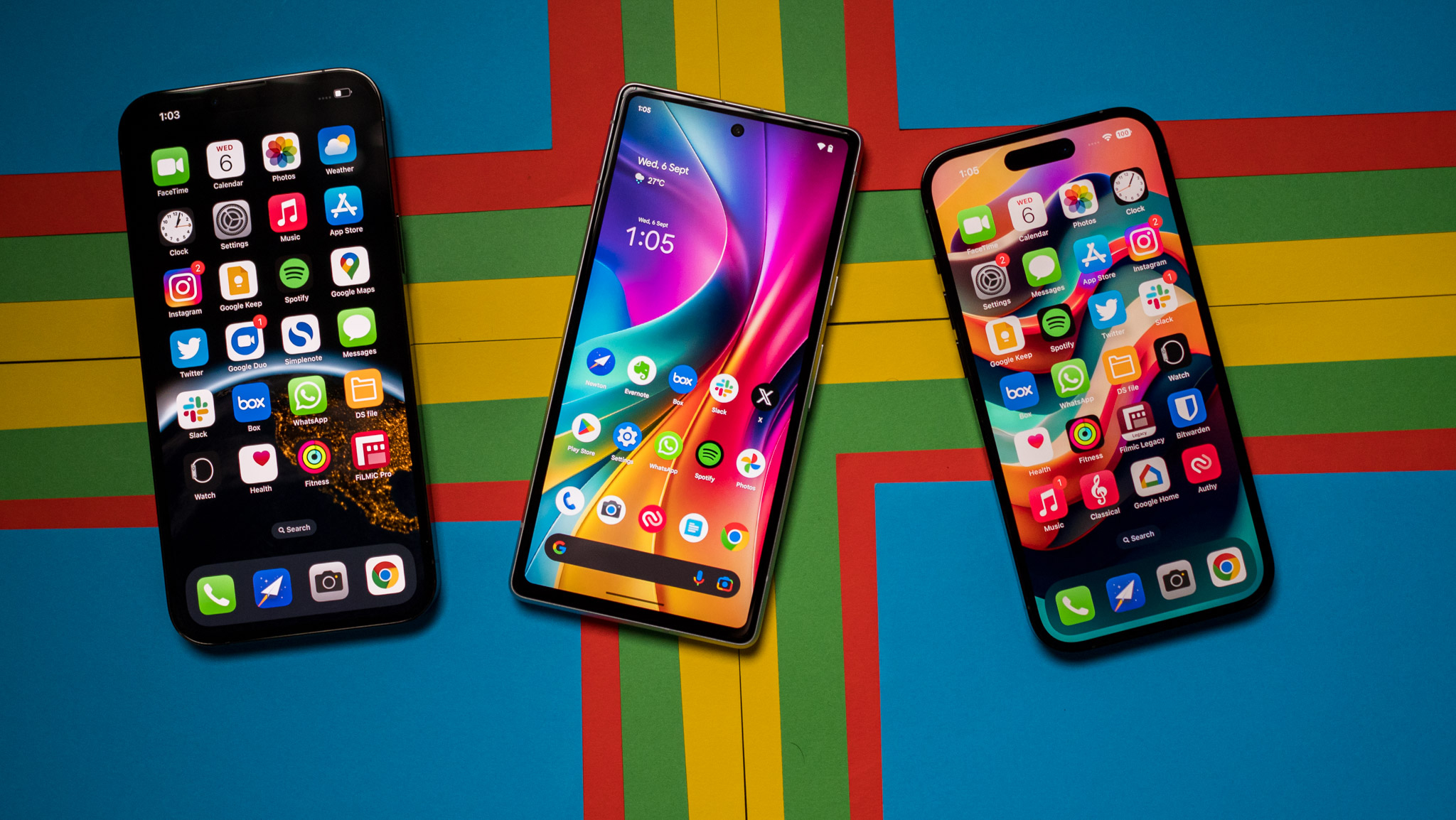
The software on the Pixel 7a also has a lot to offer, with the Material You design language in Android 13 featuring vibrant colors and quirky widget designs. It allows for much better customizability than you get in iOS, and the ability to choose accent colors throughout the system based on the phone’s current background is just cool.
Android has maintained feature parity with iOS, with recent releases focusing heavily on security and privacy. That said, the one feature that you don’t get on Android is iMessage; that continues to be exclusive to iPhones, and in spite of Google’s continued efforts to get Apple to change its stance around this, it’s unlikely that iMessage will ever come to Android.
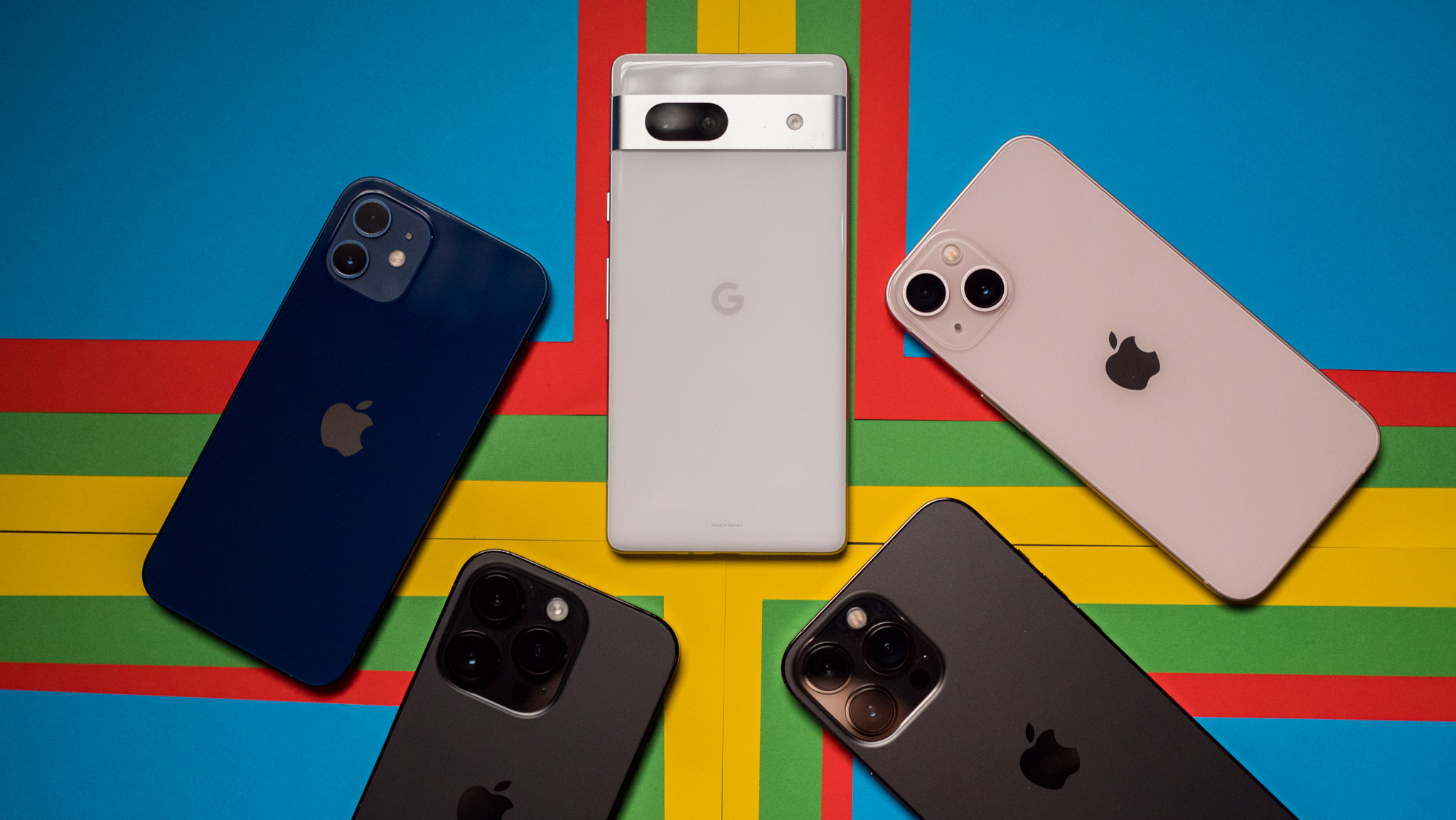
Building on from that, a big part of the allure of the iPhone is the broader ecosystem, and Apple is in a dominant position here: the Apple Watch, iPad, AirPods, and MacBook complement the iPhone in ways you just don’t get on Android, but that’s thankfully changing. Google now has an ecosystem that’s analogous to what Apple offers, and while it’s still in its infancy, devices like the Pixel Watch and Pixel Tablet show a lot of promise.
Of course, Pixel phones underpin Google’s hardware ambitions, and the Pixel 7a is a terrific showcase for what the brand has achieved in this area. It is basically the best mid-range phone right now, and the cameras alone are worth the price of admission. There’s also the fact that switching from an iPhone to Android has never been easier; Google has a tool that lets you migrate all your data seamlessly, including texts, photos, documents, and contacts.
So if you’re browsing for a new phone for your kid and are eyeing various iPhone models, it’s time to give the Pixel 7a a try.
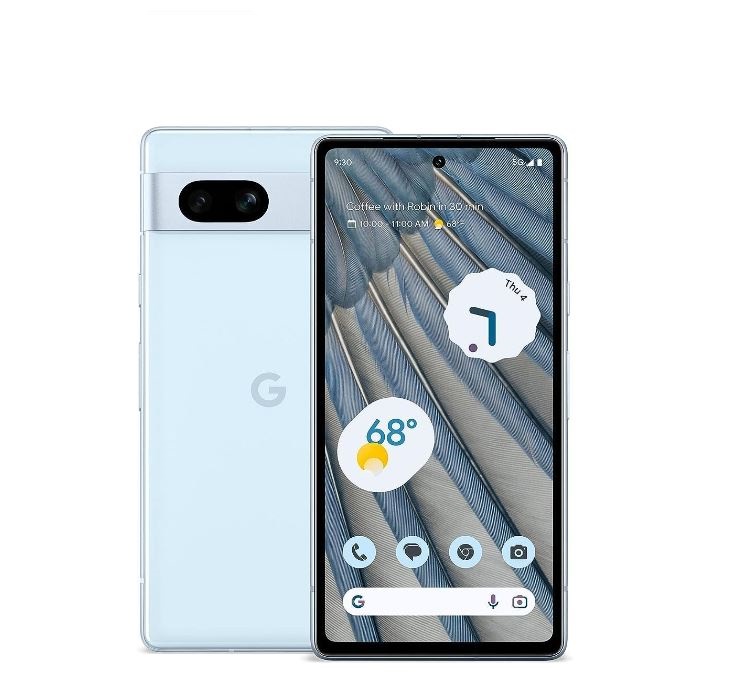
With terrific cameras, powerful hardware, and colorful software with plenty of customizability, the Pixel 7a is the best mid-range phone you can buy at the moment.
